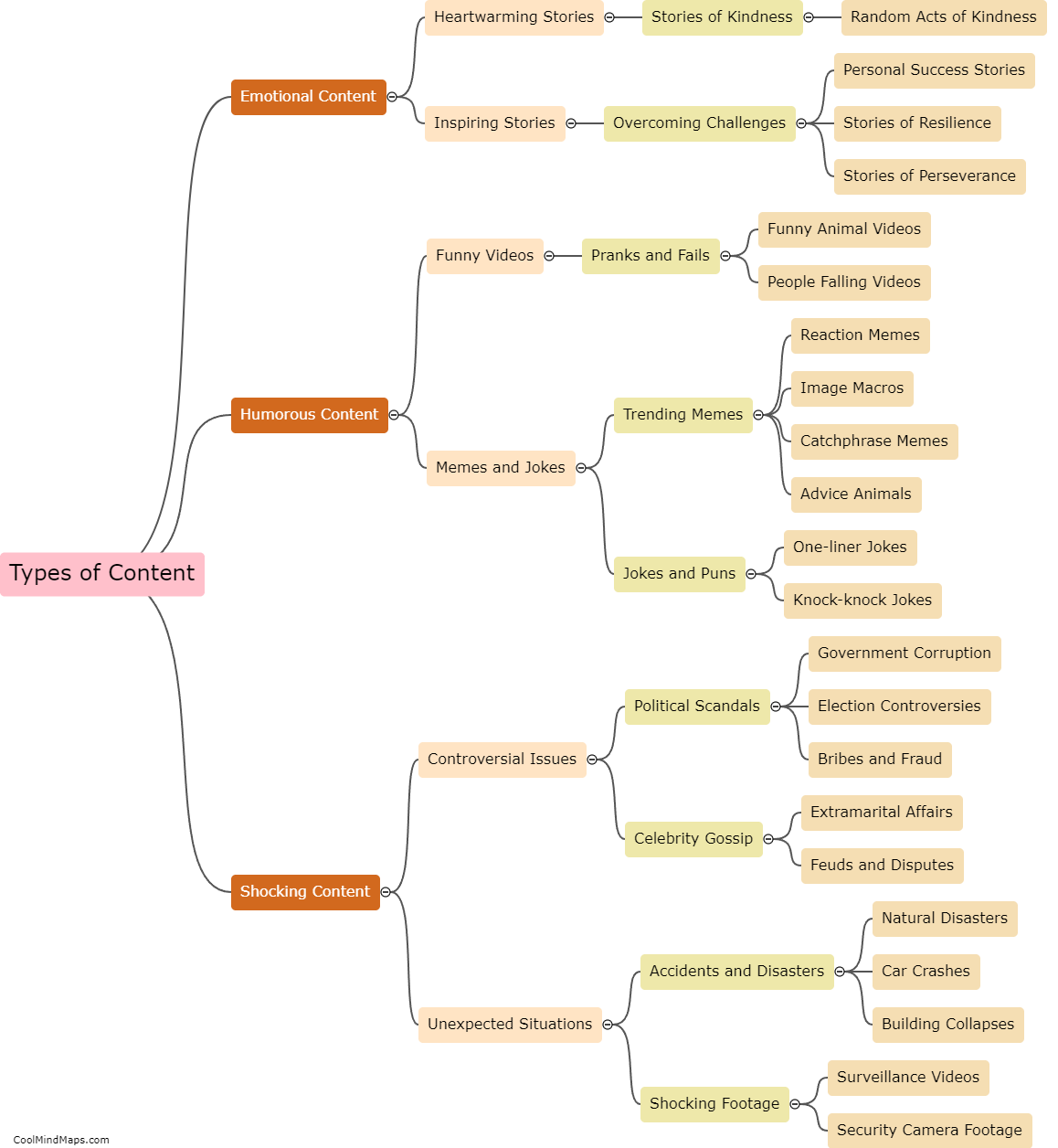What are the best practices for organizing configuration management?
The best practices for organizing configuration management involve clear documentation and version control, standardized naming conventions, and a structured change management process. First and foremost, effective documentation is crucial to maintain an organized configuration management system. This includes creating detailed records of all configuration items, their dependencies, and any related documentation. Version control is also essential to track changes made to configuration items, ensuring that past versions can be easily accessed and rolled back if necessary. To ensure consistency and ease of management, implementing standardized naming conventions is recommended. This helps in identifying and categorizing configuration items consistently across different systems or projects. Additionally, having a structured change management process ensures that any modifications to configuration items are properly evaluated, approved, and implemented to avoid any unintended consequences or conflicts with existing configurations. By following these best practices, organizations can establish a well-organized configuration management system that promotes efficiency and reliability in their IT infrastructure.

This mind map was published on 16 July 2023 and has been viewed 129 times.











